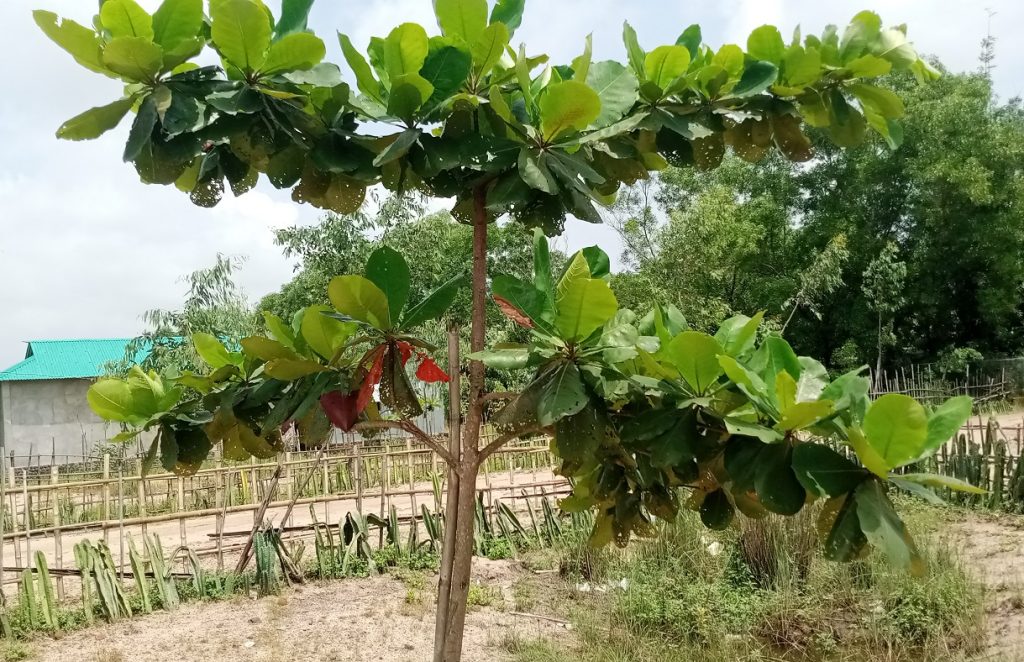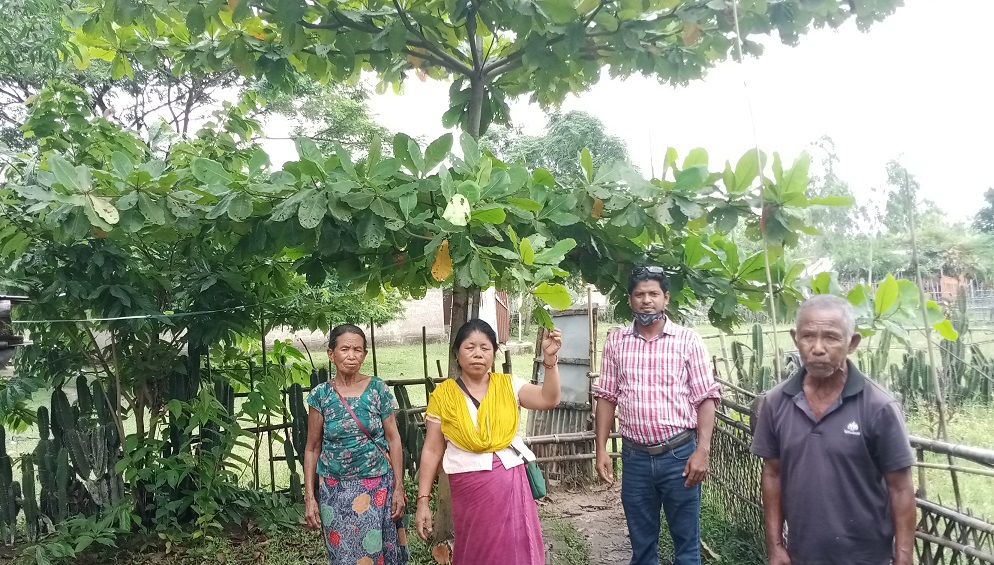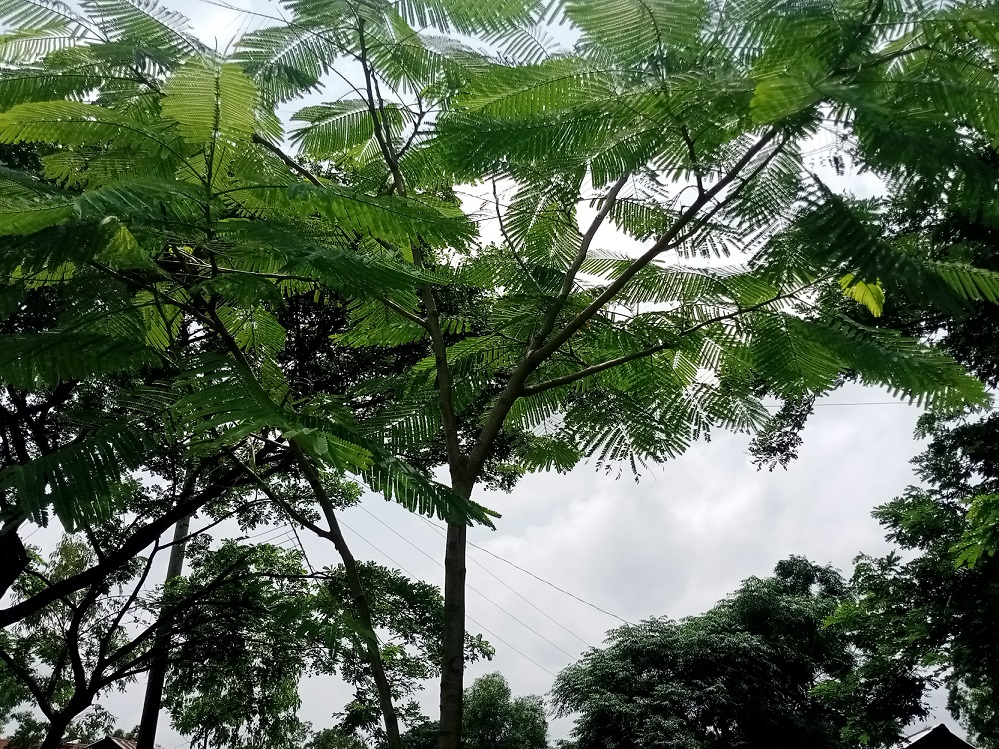By Gunjon Rema, from Kalmakanda Netrakona
Patlabon, a small village in Kalmakanda upazila of Netrakona, once stood as a symbol of despair. Located on the banks of the Mohadheo River, it was known for its lifeless, sandy fields and land so barren that farming was nearly impossible. For years, local people accepted it as their harsh reality, a desert in the middle of their rural lives.

But today, a different story is unfolding. That same dry land is now dotted with greenery wjhere trees bear fruits, flowers bloom, and hope takes root. This transformation has been made possible by a collaborative effort between BARCIK and the local community, who together dared to imagine and create a dense patch of forest on what was once considered unredeemable land.
That changed when BARCIK initiated an ambitious plan to green the desert starting not just with tree planting, but with a deep commitment to care, nurture, and protect every sapling. It was not easy. Many saplings did not survive. But those that did now stand as proof of what perseverance, community effort, and ecological knowledge can achieve together.

Within just a few years, the once-barren field has started to bear fruit. Local observations reveal that guava trees are already bearing fruit. Flame trees (Krishnachura) have flowered and fruited, and cashew trees are producing nuts. So far, at least 54 trees have grown strong and healthy, with many others catching up fast.
The green belt includes a diverse range of fruit, timber, and medicinal species such as cashew, guava, olive, haritaki, bahera, amloki, jamun, krishnachura, and sonalu and this is creating not just ecological resilience, but also a future resource base for the community.

The transformation of Patlabon is a reminder that even the most degraded landscapes can heal. It shows us that small, place-based environmental efforts if is based in local participation can lead to big changes. If such initiatives were replicated in other vulnerable areas, climate resilience and sustainable development would no longer be distant dreams but attainable realities.
